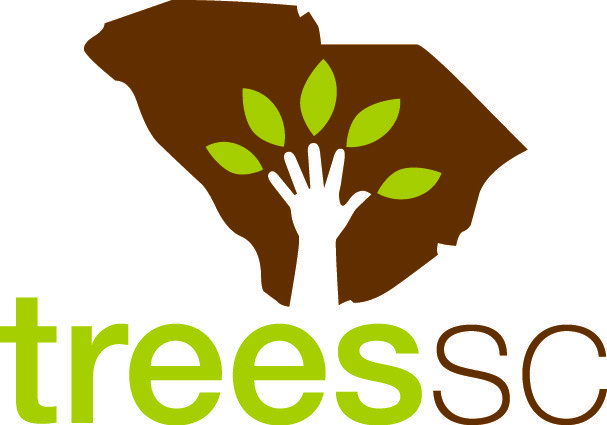
“I’m just sitting here watching the wheels go round and round”
-John Lennon
I have been triple-tethered the last 3 ½ months. Since retiring in 2018, my life’s pace has slowed just slightly. I went through knee replacement surgery in February and the road to recovery was steady but slow, keeping me close to home. Even if I could go somewhere, Coronavirus made me more cautious about socializing and shut down many of the places I would like to go if I could.
Like others sheltering in place, I began to dream up ways to spend some of this “down” time a little more productively. And like some of my kindred home bound, I decided to start a project I had been putting off. Even before I retired, I dreamed of recollecting and compiling some of the more memorable events of my 35 years as a city arborist who tried to connect people to trees. It didn’t take much of a jog to start the memories flooding, which didn’t surprise me. Discerning which ones were worth recording is a harder draw. There are lots of stories to share, enlightening ones and some exciting ones. Moments of jubilation juxtapose against some sadness. A lot happened in that 35-year stretch. The times evolved, people evolved and situations regarding Charleston’s trees evolved.
Well-known sites like the Angel Oak and the Battery, as well as events like Hurricane Hugo and the tenure of Mayor Joe Riley, each have extensive chapters in Charleston’s modern arboricultural history. There is also a long list of more mundane, everyday occurrences. But the mundane events weren’t necessarily inconsequential. They, too, affected peoples’ lives, informed mine and helped to cultivate Charleston’s community forest. Here is a retelling of one of my very first challenges, a common one that arborists face every day. But in 1983, I had not.
Around 1982, local utilities in Charleston, for the first time, moved some of their cables underground. In a portion of Charleston’s noted historic district, sidewalks were removed, conduit installed and electric, telephone and cable lines routed through them. The project concluded a few months before the city hired me as its new (and first) urban forester. During the project, no one sought to protect street trees the way we do today. If boring under trees for utility installation rather than excavating next to them was available, it wasn’t taken advantage of. Neither was preventive or remedial root pruning. I had already been on the job a few months before I was asked to advise on the status of a Sycamore tree that had been in the path of the new construction. Sidewalk and curbing had been brutally removed on 4 sides by backhoe and a 3x4x4 foot utility vault dug within feet of the tree.
I inspected the site and it seemed like an easy call for even a novice urban forester. I reasoned that so much of the root system had been removed or damaged that the tree was unstable now, sure to die soon and posed a threat to passing pedestrians and vehicles; not to mention the adjacent historic home. It had to come out.
Thankfully, I recognized early on that the threatened historic house was the perennial family home of an acquaintance of mine, an avowed outdoorsman and nature enthusiast. As a courtesy, I notified him of my findings. He did not doubt my assessment of the Sycamore’s vulnerability but wondered if we could take a more patient track. The tree had sentimental value and he begged me to give the tree a chance to survive and reestablish itself. His grandfather planted the tree some years before and my friend would like it to remain a reminder of him for as long as possible.
I was presented with the first dilemma of my new career. Should I stand firm behind current knowledge and order the tree’s removal, or should I honor the wishes of a concerned citizen and true tree lover to allow the root damaged tree to demonstrate its mettle? I was confused and confounded by the choice and not sure where my responsibilities lay. Was it more important to preemptively protect public safety or to foster preservation of the community’s forest? After much thought, I opted to allow the Sycamore to remain for the time. We would monitor it to assure its safety and health, hoping for survival but ready to remove it if necessary. Happily, the tree survived another two decades and taught this burgeoning public servant some valuable lessons.
-Trees can be amazingly resilient.
-Objectivity, patience, and ongoing observation are key instruments in an arborist’s toolbox.
So, one of my first urban forestry experiences involved a conundrum; the first of many. Other events were a mixed bag of excitement, awe, enlightenment, and some disappointment. The pump I primed is full of memories that flow through my mind. Most of them, I savor. One or two are still bitter, and I regret they occurred. But they are all there, burbling past my mind’s eye for consideration and reflection. Will I ever gather some to share? I don’t know but right now I am happy watching them go round and round.

Recent Comments